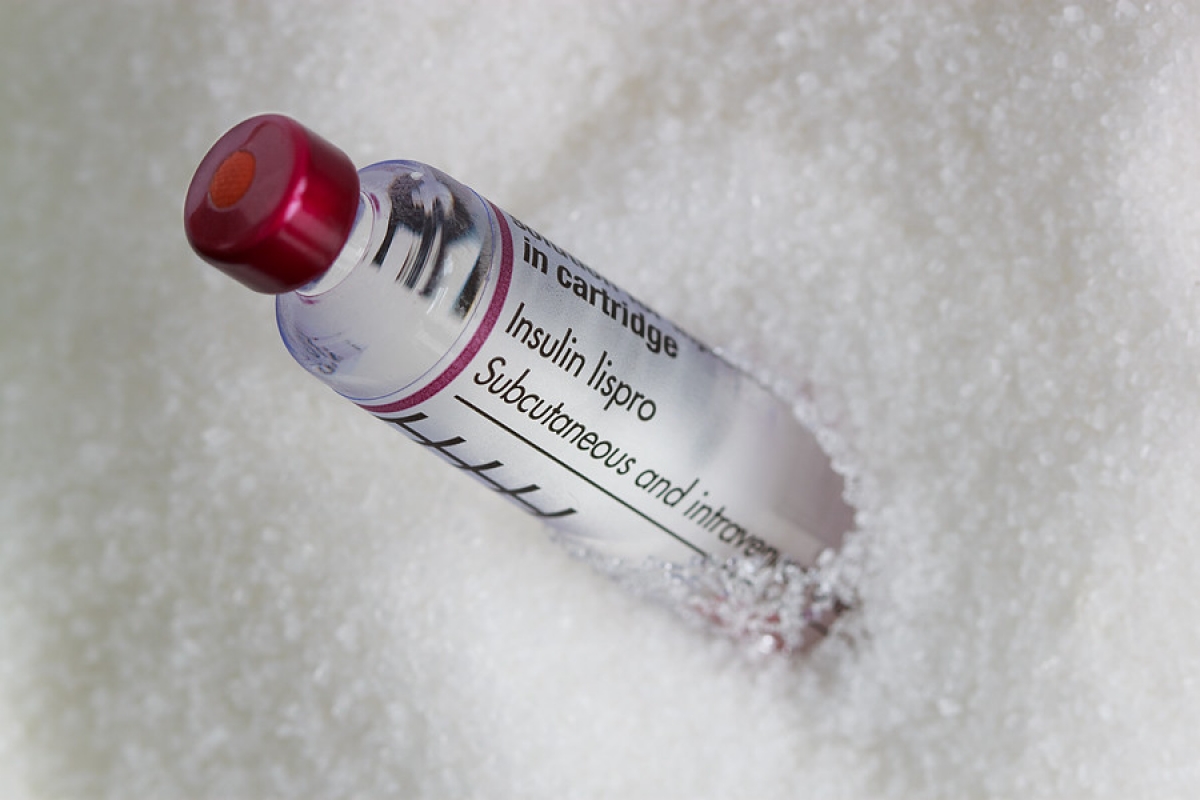Pre-diabetes is a medical condition which typically precedes the diabetes, where only some but not all of the diagnostic criteria for diabetes are met. Almost all patients diagnosed with type 2 diabetes have pre-diabetes, before their condition worsens. During this stage of a disease, patient’s blood sugar levels are elevated, but they are not high enough to meet the diagnosis for diabetes. If not treated, pre-diabetes is most likely to become type 2 diabetes in less than ten years.

However, a real danger of the disease may start even in this phase, since the long-term damage of heart and circulatory system starts with even the slight changes in the normal blood levels. This condition is also referred to as borderline diabetes, impaired glucose tolerance, or impaired fasting glucose. A blood sugar level from 100 to 125 mg/dL (5.6 to 6.9 mmol/L) is considered pre-diabetes.
Signs and symptoms of pre-diabetes
In most of the cases, pre-diabetes goes undetected, since there are no obvious signs and symptoms of the disease. One of the first signs of pre-diabetes is darker areas of the skin. This condition is also known as acanthosis nigricans and looks like brown to black hyperpigmentation of skin. These patches normally affect body folds such as the neck, the axilla, groin, umbilicus, forehead, and other areas. People can also experience constant hunger and increased thirst, in pre-diabetes phase. Consequently, they will feel the more frequent need to urinate and may feel very much exhausted. Patients may feel weak, may lose weight for no apparent reason, and may notice slow healing of cuts and bruises. They are typically more prone to infections, and may complain about blurred vision.
Causes of pre-diabetes
There is no exact cause for diabetes. At least, the exact cause is unknown. However, scientists believe that a combination of genetic heritage and lifestyle factors may contribute to development of pre-diabetes. Besides some genes that seem to be related to insulin resistance, inactive lifestyle and excessive abdominal fat seem to be among the most important factors. Known risk factors also include age, since this condition typically affects people after the age of 45. Moreover, if a woman suffered from gestational diabetes at the time she was pregnant, her risk of developing pre-diabetes and diabetes are drastically increased. Polycystic ovarian syndrome, a common condition characterized by irregular menstrual periods, excess hair growth and fatness, is also associated with increased risk of diabetes. People who do not get enough sleep, especially those that do not sleep more than 5.5 hours, are also at severely increased risk of pre-diabetes and diabetes.

















Your thoughts on this
Loading...